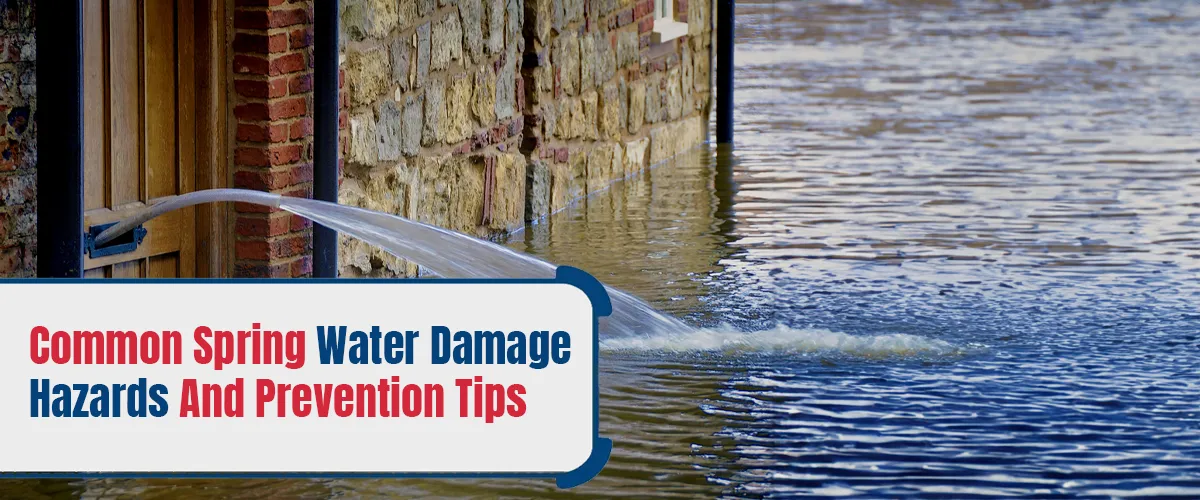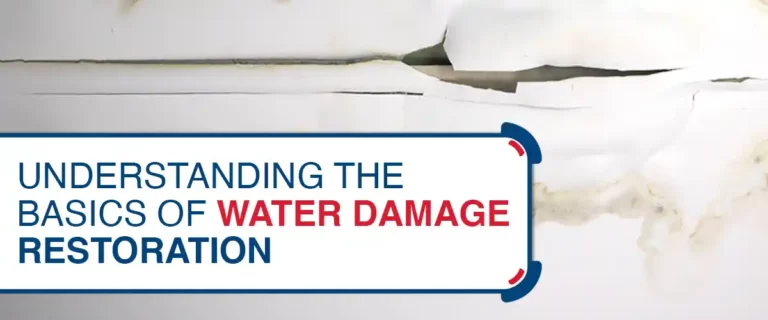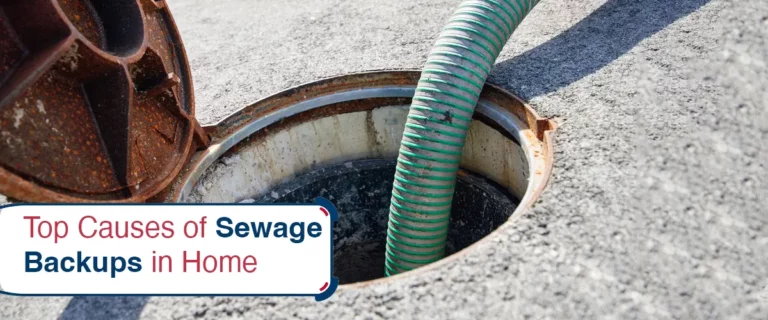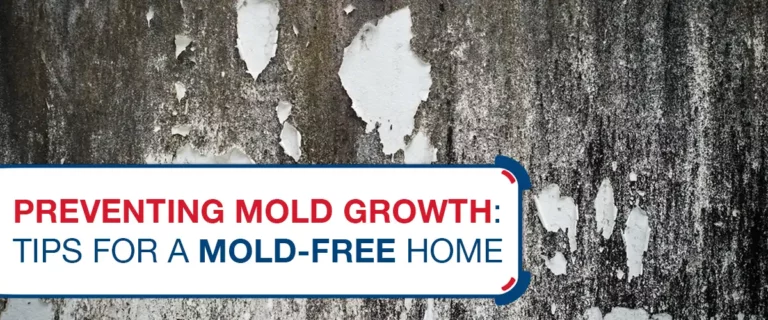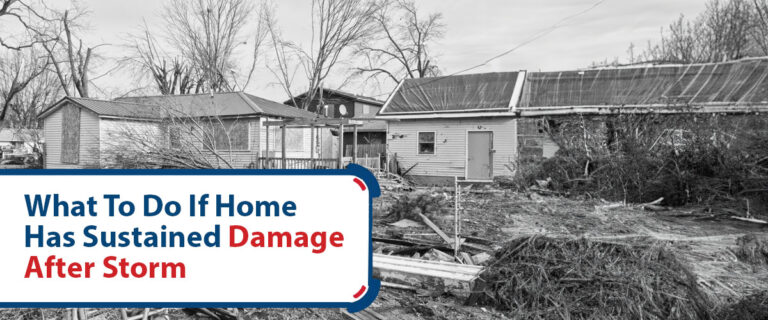As winter’s cold grip loosens its hold and makes way for the gentle embrace of spring, homeowners are greeted with some spring-cleaning air. The potential hazards of water damage come alongside the beauty and warmth that spring brings. The transition from winter to spring can lead to a series of challenges that every property owner should be aware of.
Moreover, in this comprehensive blog post, we will explore the most common spring water damage hazards and provide valuable prevention tips to help you safeguard your home.

Spring is Around the Corner
Spring is a season of transformation with its blooming flowers and milder temperatures. Yet, it also presents unique challenges that homeowners must address to protect their properties. Among these challenges, water damage hazards are the most concerning. Understanding these risks and taking proactive measures can make a significant difference in ensuring a smooth and damage-free transition into the warmer months.
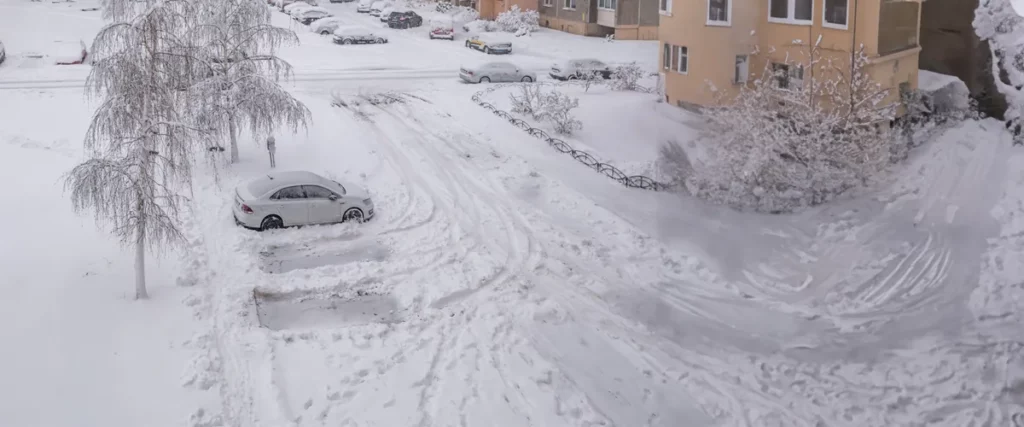
Thawing Snow and Ice: The Silent Intruder
As winter fades away, the thawing of snow and ice becomes a common occurrence. While this process is a natural part of the changing seasons, it can also lead to unexpected water damage. The gradual melting of snow and ice can result in an influx of water that may overwhelm drainage systems, leading to potential flooding. Areas prone to water accumulation are particularly vulnerable during this time. To mitigate the risk of flooding, homeowners should:
- Inspect their drainage systems
- Ensure proper functioning
- Consider installing additional measures such as sump pumps in areas susceptible to water accumulation.
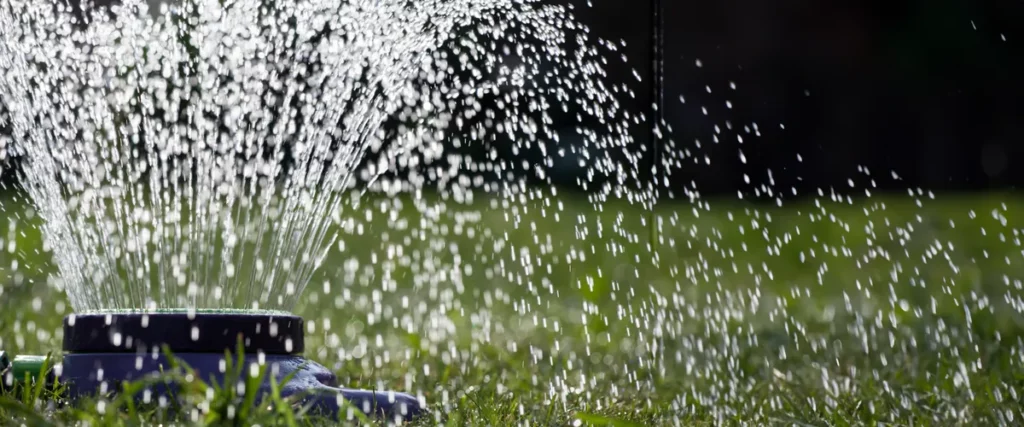
Spring Showers: From Refreshing to Destructive
Spring showers are a season’s hallmark, providing much-needed moisture to the earth. However, excessive rainfall can lead to water damage if not properly managed, where you will need a professional intervention like water damage Recovery in Olathe. Poor drainage and inadequate grading can cause water to pool around a property’s foundation, increasing the risk of leaks and structural problems. To prevent water damage from spring showers, homeowners should:
- Routinely inspect their property’s grading.
- Clean gutters to ensure proper water flow
- Ensure that downspouts direct water away from the foundation.
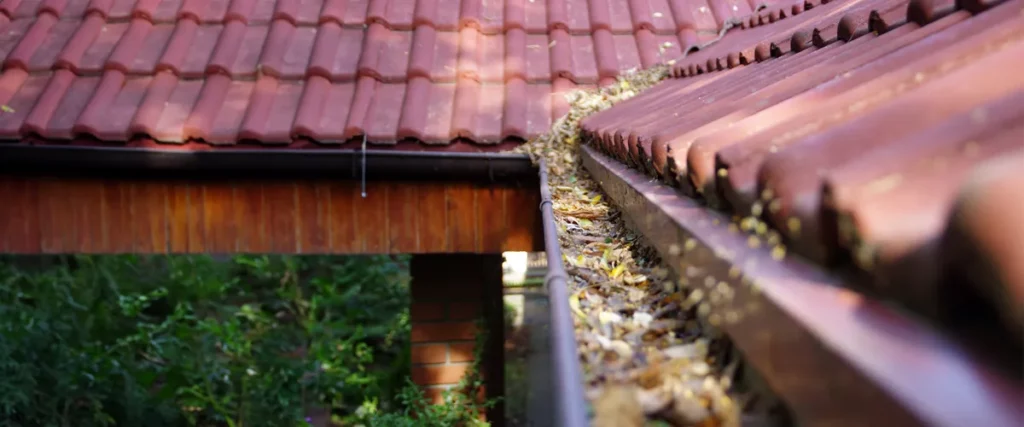
Clogged Gutters: A Recipe for Disaster
Clogged gutters can quickly escalate from a minor inconvenience to a significant water damage issue. Debris buildup in gutters and downspouts can obstruct water flow, leading to overflow and potential damage to the roof, siding, and foundation. Before calling water damage cleanup companies in Olathe, better to practice these preventive measures. To avoid clogged gutters, homeowners should:
- Make a habit of regular gutter cleaning
- Install gutter guards to prevent debris buildup
- Extend downspouts away from the foundation to avoid structural damage
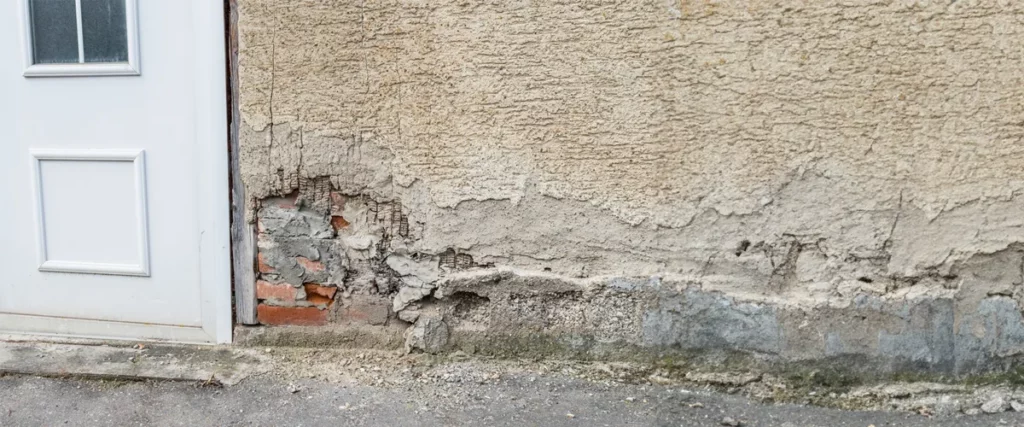
Foundation Vulnerabilities: The Silent Threat
Moreover, the ground thawing during spring can put additional pressure on a property’s foundation, especially with existing vulnerabilities. Cracks or weaknesses in the foundation can lead to water seepage into basements and crawl spaces, creating an environment conducive to mold growth and structural damage.
Homeowners should regularly inspect their property’s foundation, promptly addressing any cracks. Applying waterproof sealants to vulnerable areas and ensuring proper drainage from the foundation is essential to prevent water damage.

Preventing Spring Water Damage: Your Defense Strategy
To effectively prevent spring water damage, homeowners can adopt several strategies:
· Roof and Attic Maintenance
Regularly inspect the roof for damage, missing shingles, and weak spots. Proper attic insulation and ventilation can prevent ice dams and leaks.
· Gutter Care
Clean and maintain gutters and downspouts to ensure unobstructed water flow. Consider the installation of gutter guards to prevent debris accumulation.
· Grading and Drainage
Ensure proper grading directs water away from the foundation. Implement landscaping features like swales or French drains to manage excess water effectively.
· Foundation Integrity
Regularly check for cracks in the foundation and address them promptly. Apply waterproof sealants and explore the option of a drainage system if needed.
· Interior Precautions
Use waterproofing solutions on basement walls and floors, and elevate valuables to minimize potential water damage.
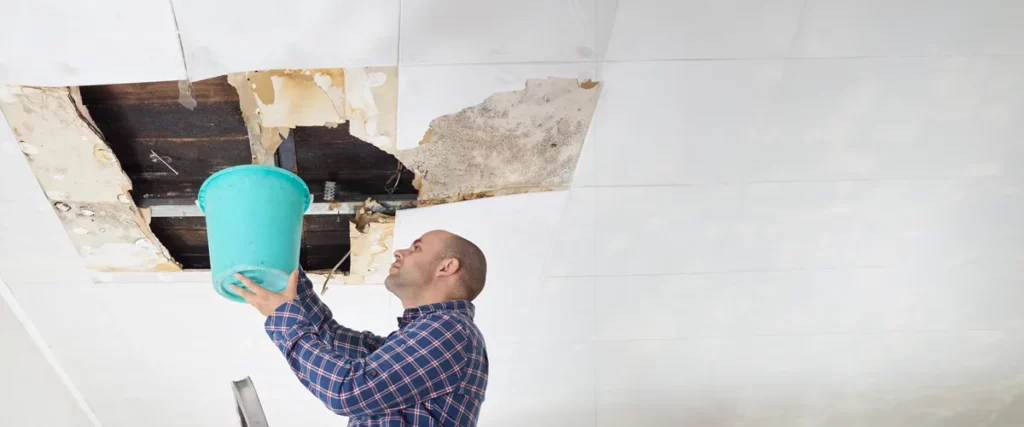
Dodge Water Damage this Spring Season!
By hook or by crook, Spring water damage hazards are a reality that homeowners must face. However, you can protect your property from potential harm with knowledge and proactive measures. By addressing thawing snow, spring showers, clogged gutters, and foundation vulnerabilities, you can ensure your home remains a haven throughout the changing seasons.


